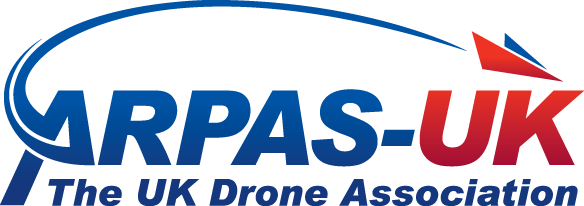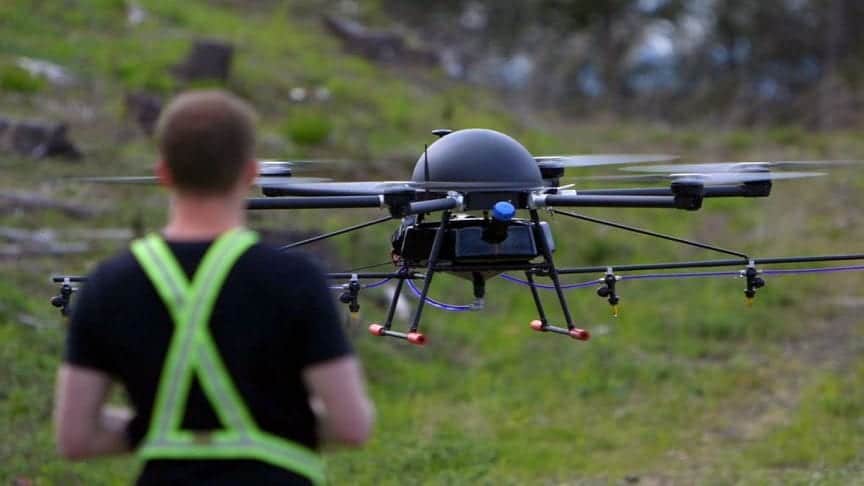uAvionix, a leader in avionics solutions for uncrewed and crewed aircraft, announced today that it has been awarded a Federal Aviation Administration (FAA) Broad Agency Announcement (BAA) contract to advance the commercial use of Uncrewed Aircraft Systems (UAS) in the National Airspace System (NAS). The contract aims to develop highly reliable Command and Control (C2) communications for extended Beyond Visual Line of Sight (BVLOS) operations across challenging terrains. Partnering with the University of Alaska Fairbanks UAS Test Site, uAvionix will employ its Link Executive Manager (LEM) to fuse LTE, Iridium SATCOM, and C-Band communications links to deliver uninterrupted and reliable C2 during long-range BVLOS flights along an Alaskan pipeline.
Reliance on a single link or common infrastructure isn’t always feasible in remote and mountainous terrain. Having multiple, seamless connections to the aircraft from airborne and ground-based communications provides the safety and flexibility needed to reliably perform these complex operations. Flying for extended ranges with many transitions between communications paths and frequencies will provide the data needed to support FAA rule making and reinforce the concept that using UAS technology can be used safely and economically across all types of terrain and infrastructure.
Cyriel Kronenburg of uAvionix
The current practice for BVLOS flights in the National Airspace involves obtaining FAA waivers or exemptions, which often rely on a single active C2 link with a single alternate standby link. Challenging terrain conditions, such as those found in Alaska, can significantly impact the availability of both the primary and alternate links resulting in difficulties satisfying the risk analysis for the BVLOS approval, or worse a lost link condition and failure of the UAS mission. uAvionix, in collaboration with the FAA, will work on a system that integrates cellular networks, Iridium SATCOM, and aviation protected C-Band into an assured C2 communications system consisting of multiple concurrent links using both frequency and path diversity to minimize the risk of lost links over adverse topography.
This innovative system will be controlled by a Link Executive Manager (LEM) through the SkyLine cloud-based platform, ensuring seamless and automatic switching between radios to maintain optimal and uninterrupted communication irrespective of ground conditions. Test flights will take place at the Alaska UAS test site, where achieving path and link diversity is challenging due to limited cellular coverage, high tower installation costs and mountains that block radio frequency signals.
We have a consistent track record of collaboration and success with the FAA. This contract builds upon that success and demonstrates our commitment to advancing BVLOS operations for the industry. By developing Command and Control Communications Service Provider (C2CSP) infrastructure, we are advancing the commercial viability of UAS operations while maintaining safety and efficiency for UAS operators.
Christian Ramsey, Managing Director for Uncrewed Aviation at uAvionix
The initiative represents a significant step towards making BVLOS operations a more regular part of the UAS industry and follows swiftly on the heels of uAvionix receiving an FAA Exemption to fly BVLOS on the Vantis network that utilizes the uAvionix C2CSP infrastructure to connect other technologies for mission control and detect and avoid.
27 March 2024





